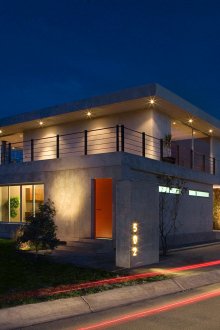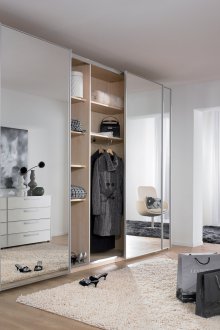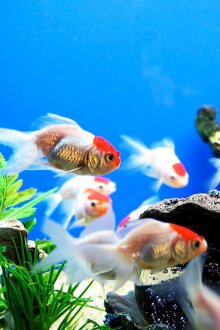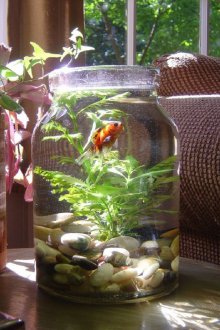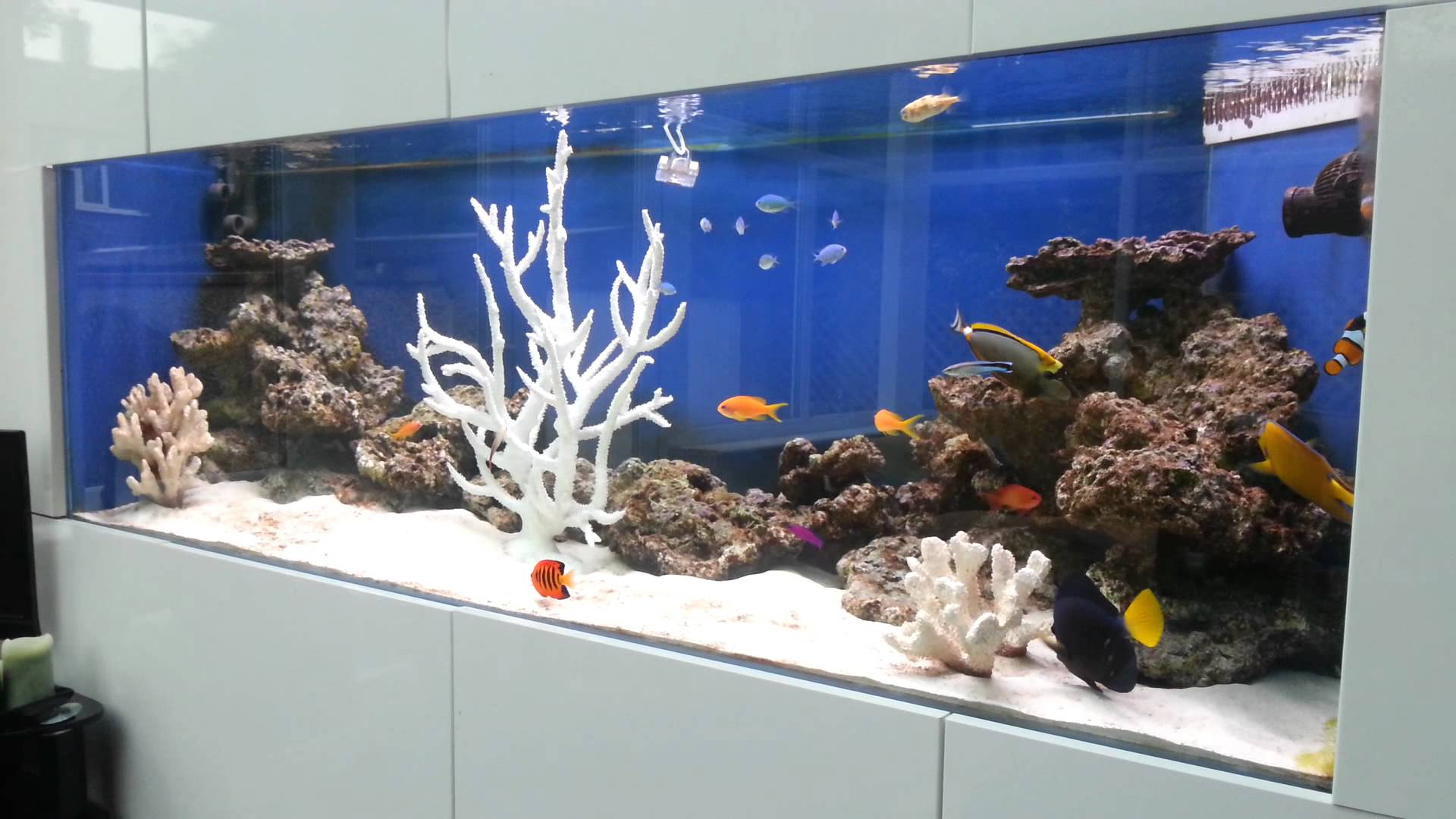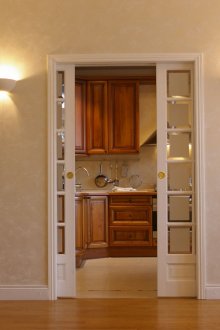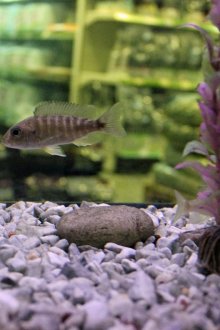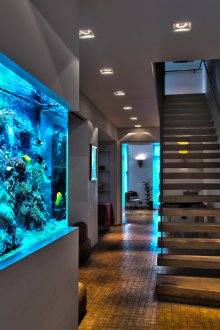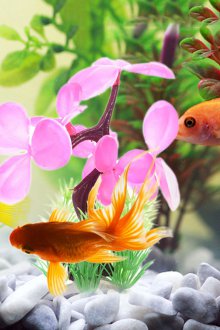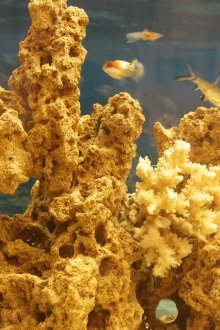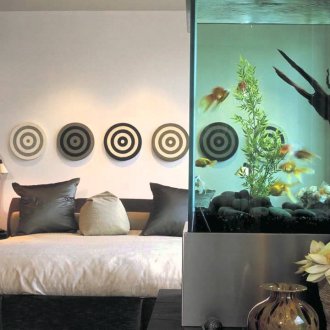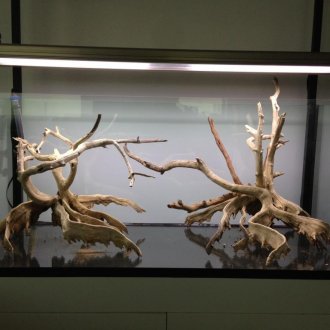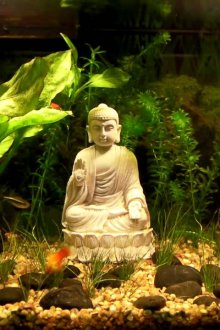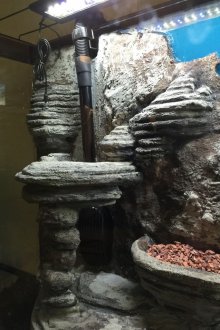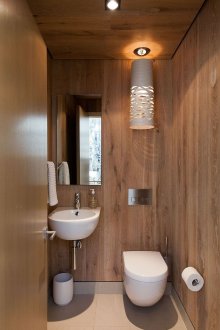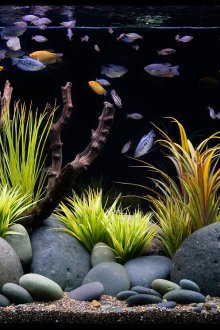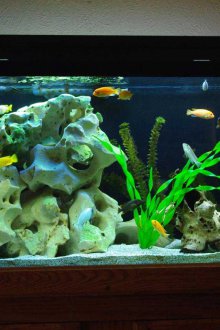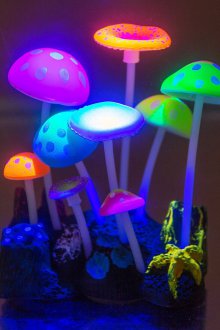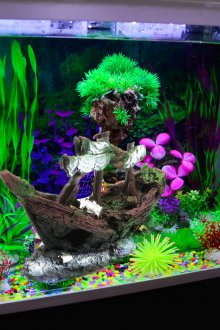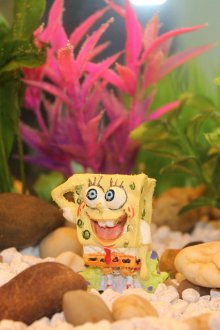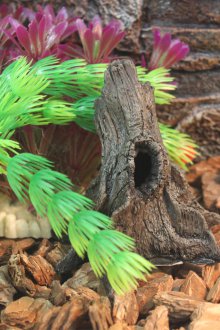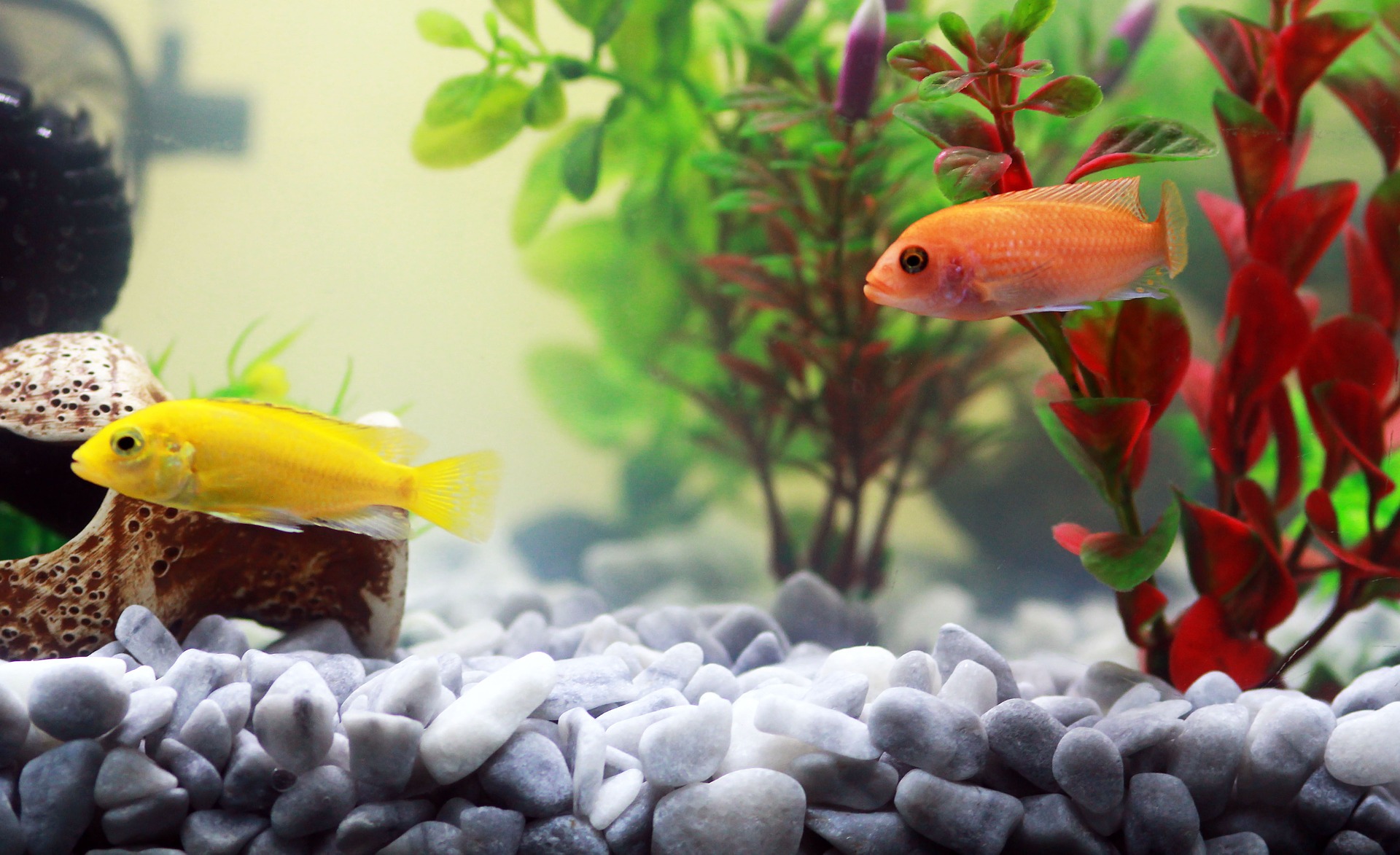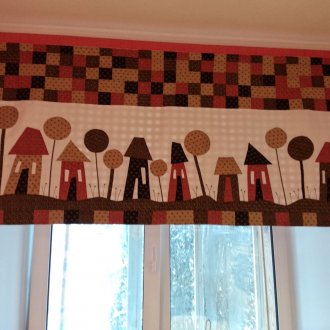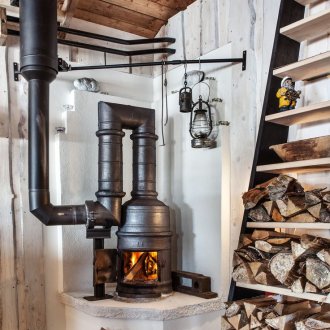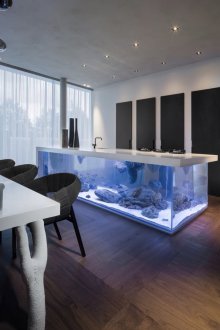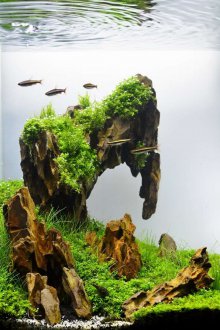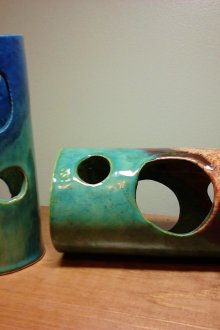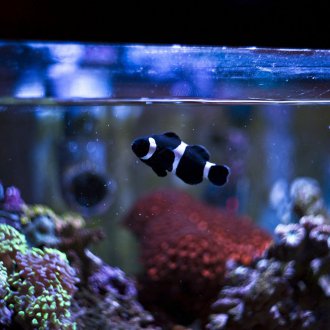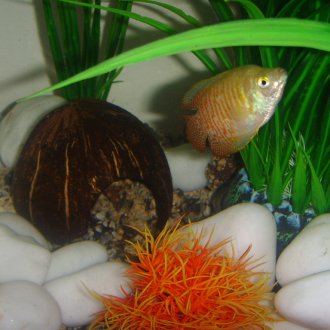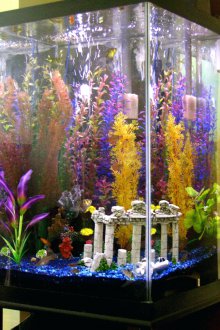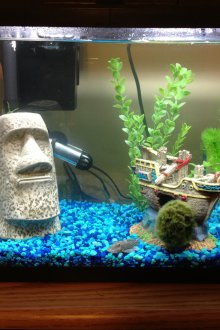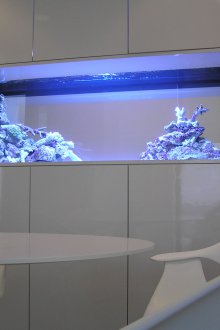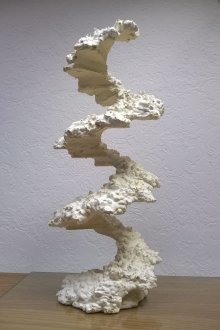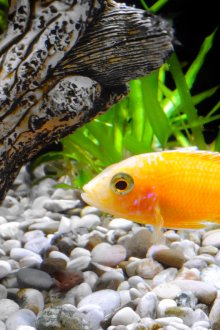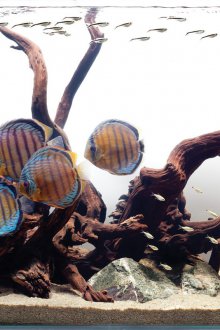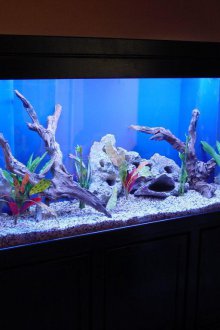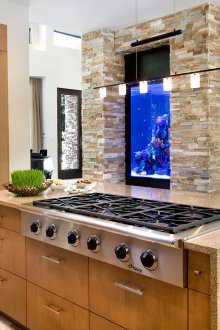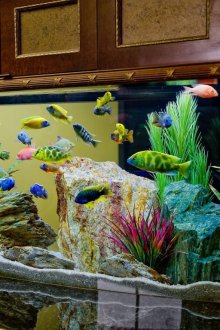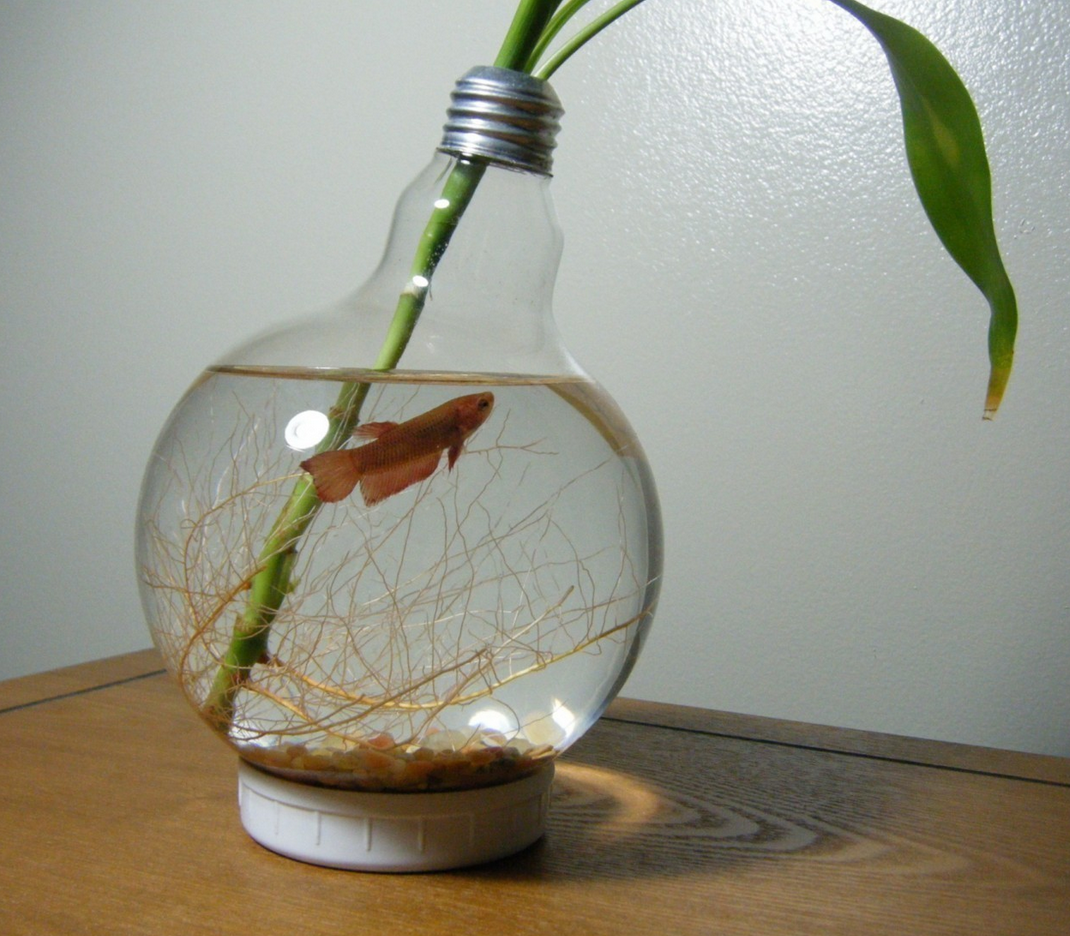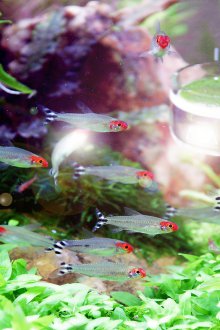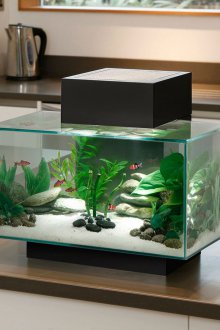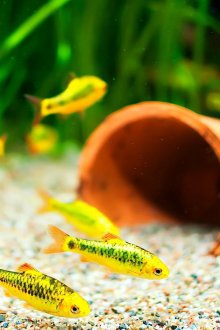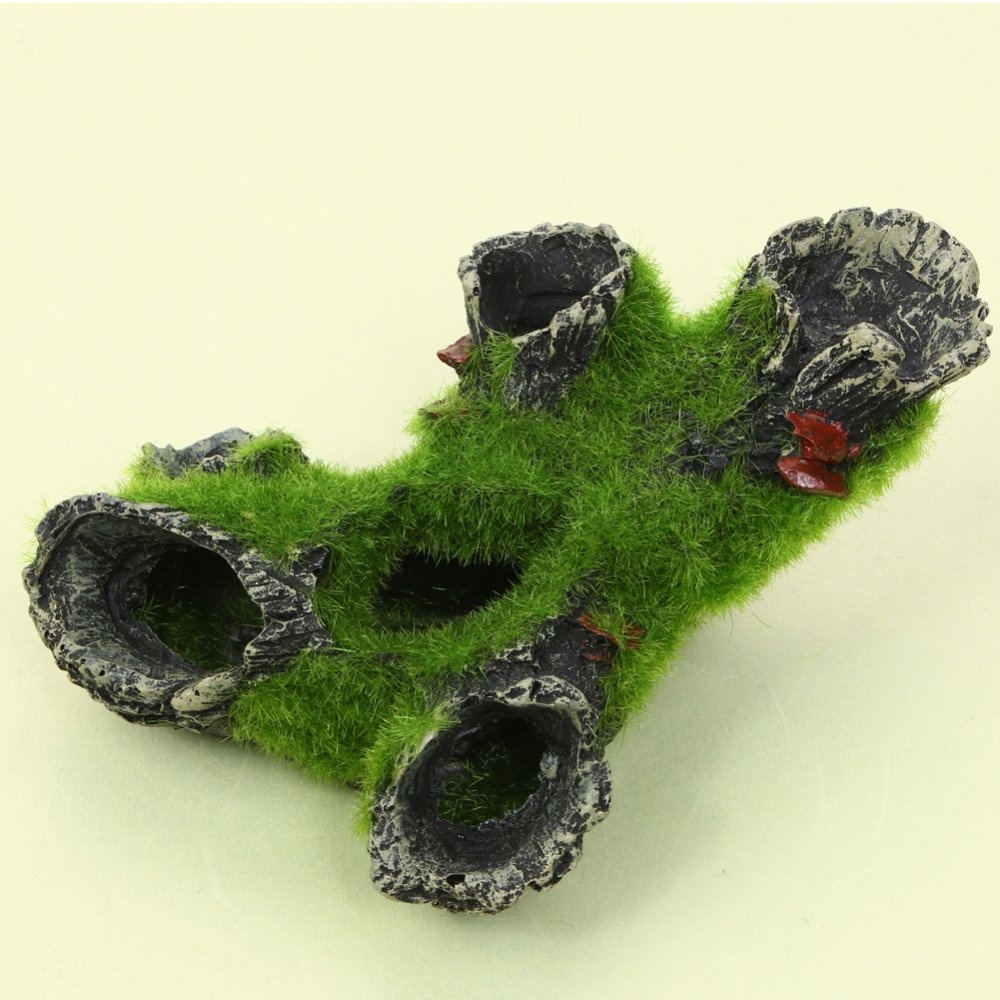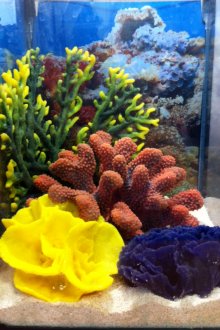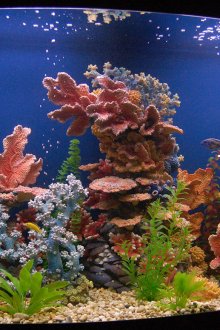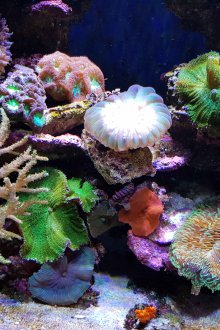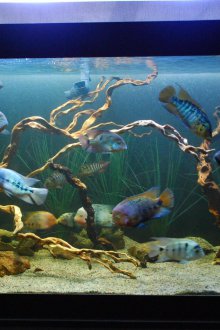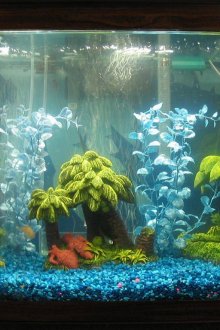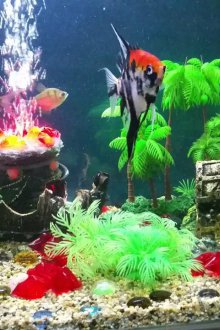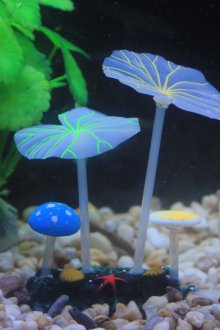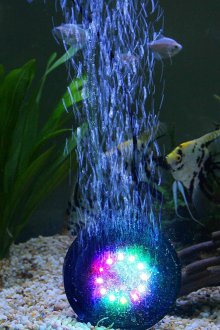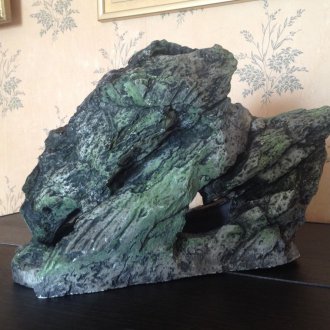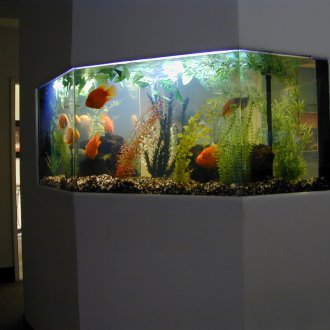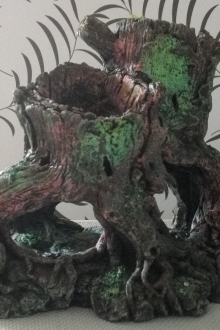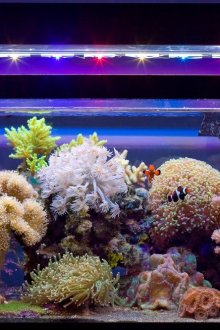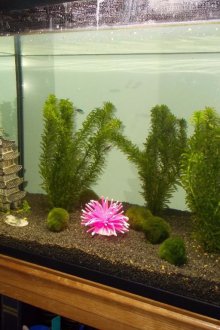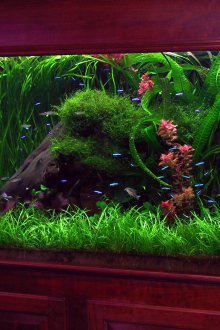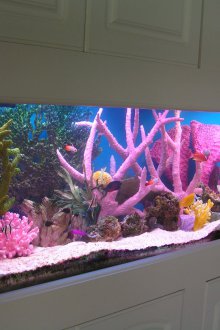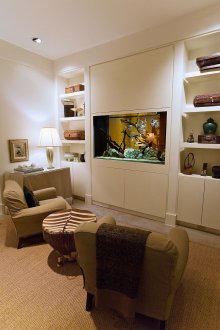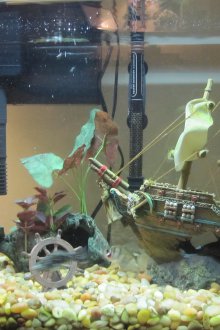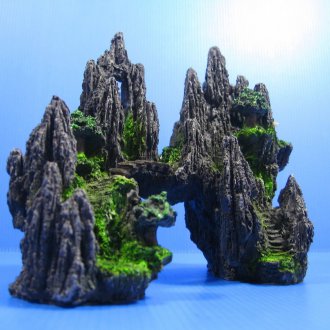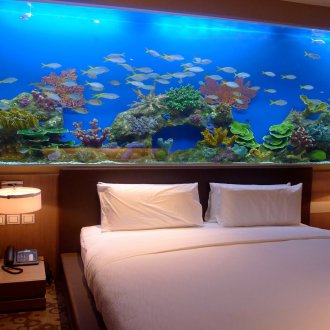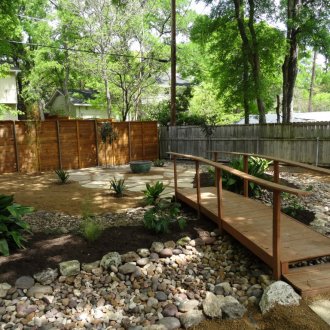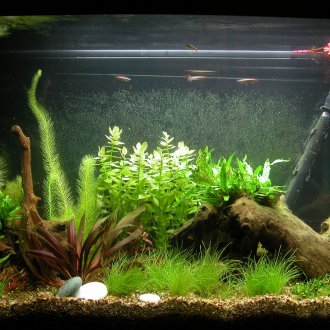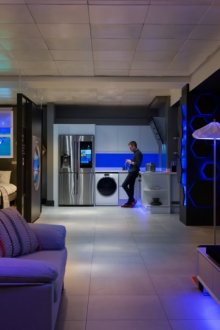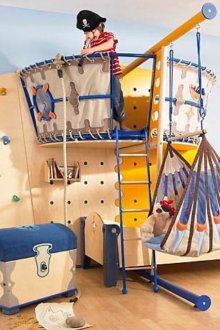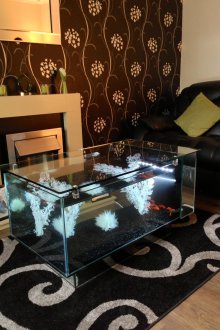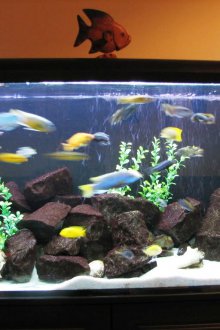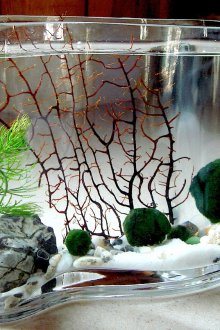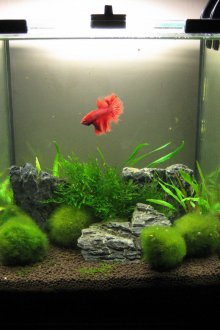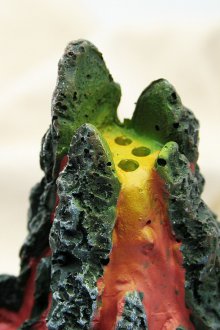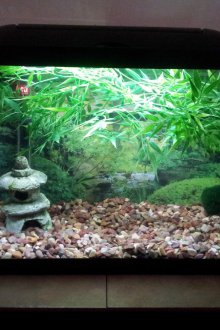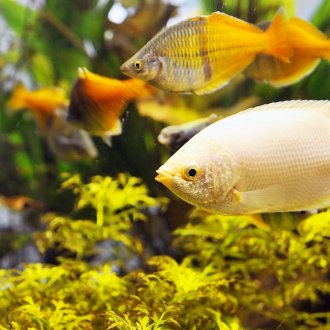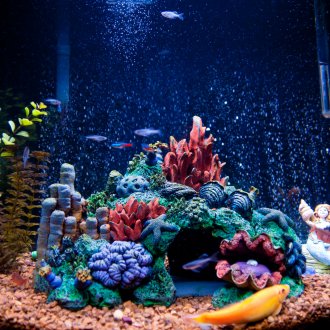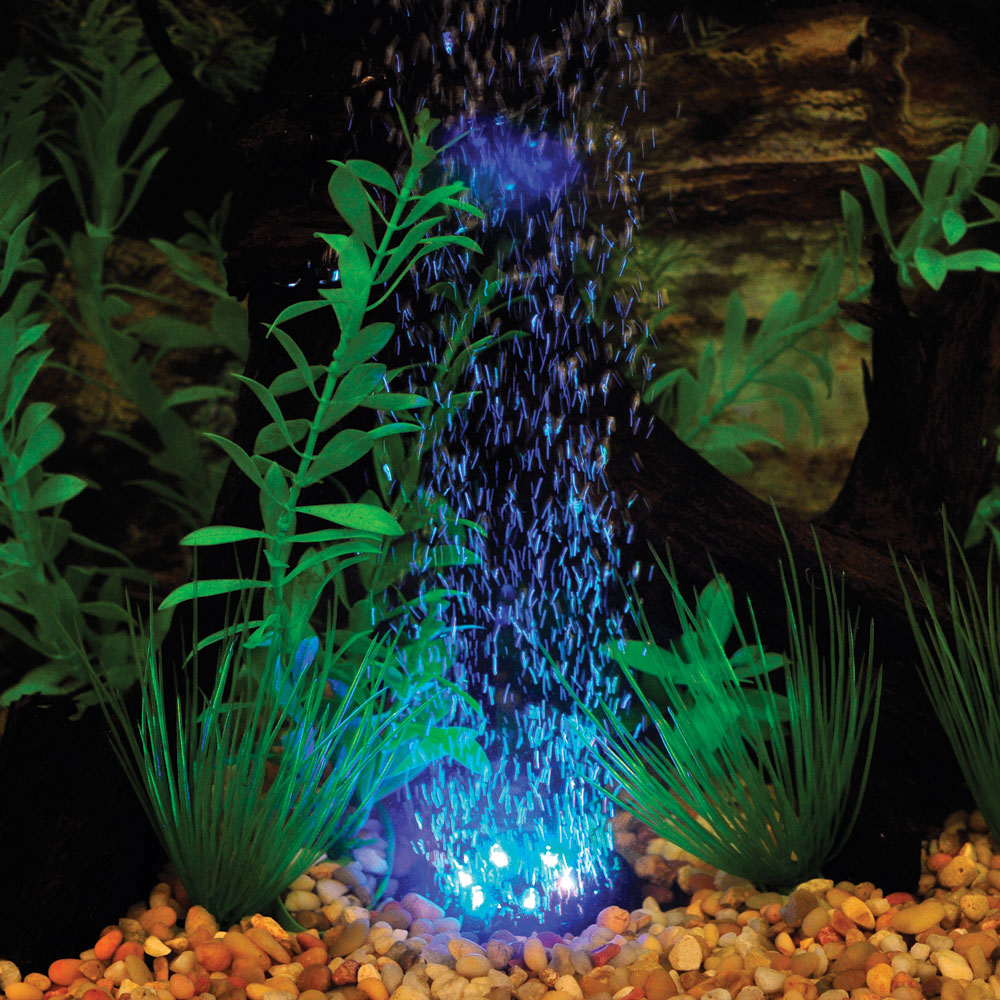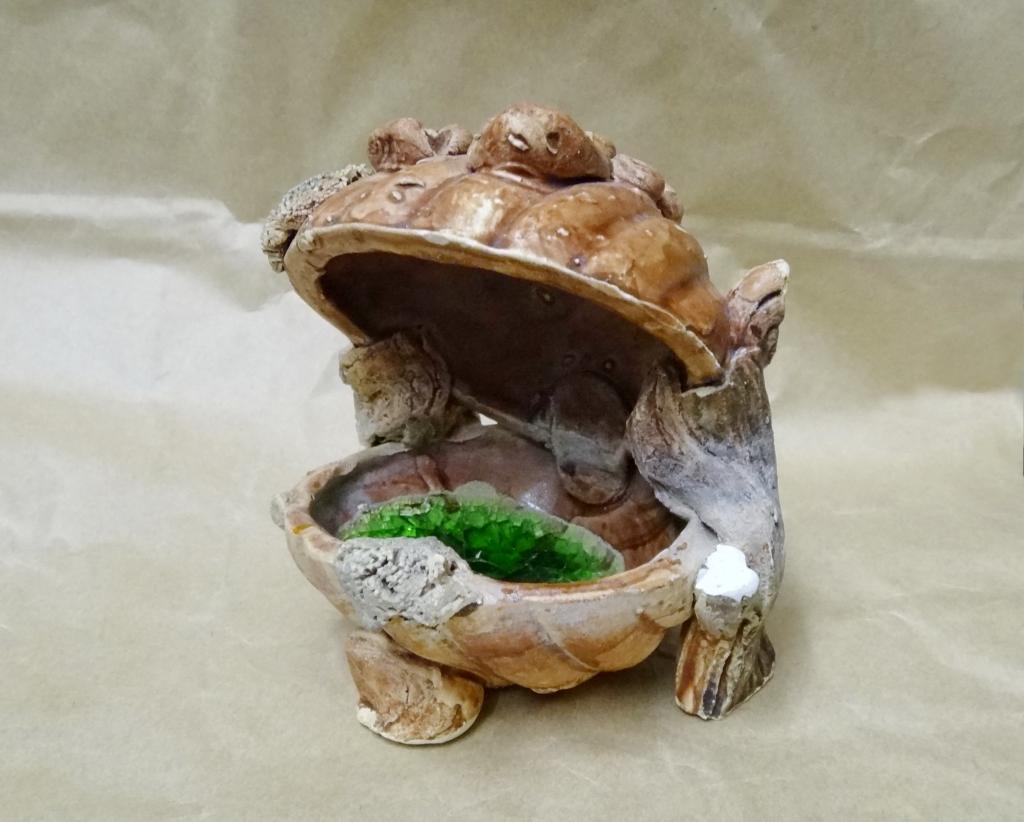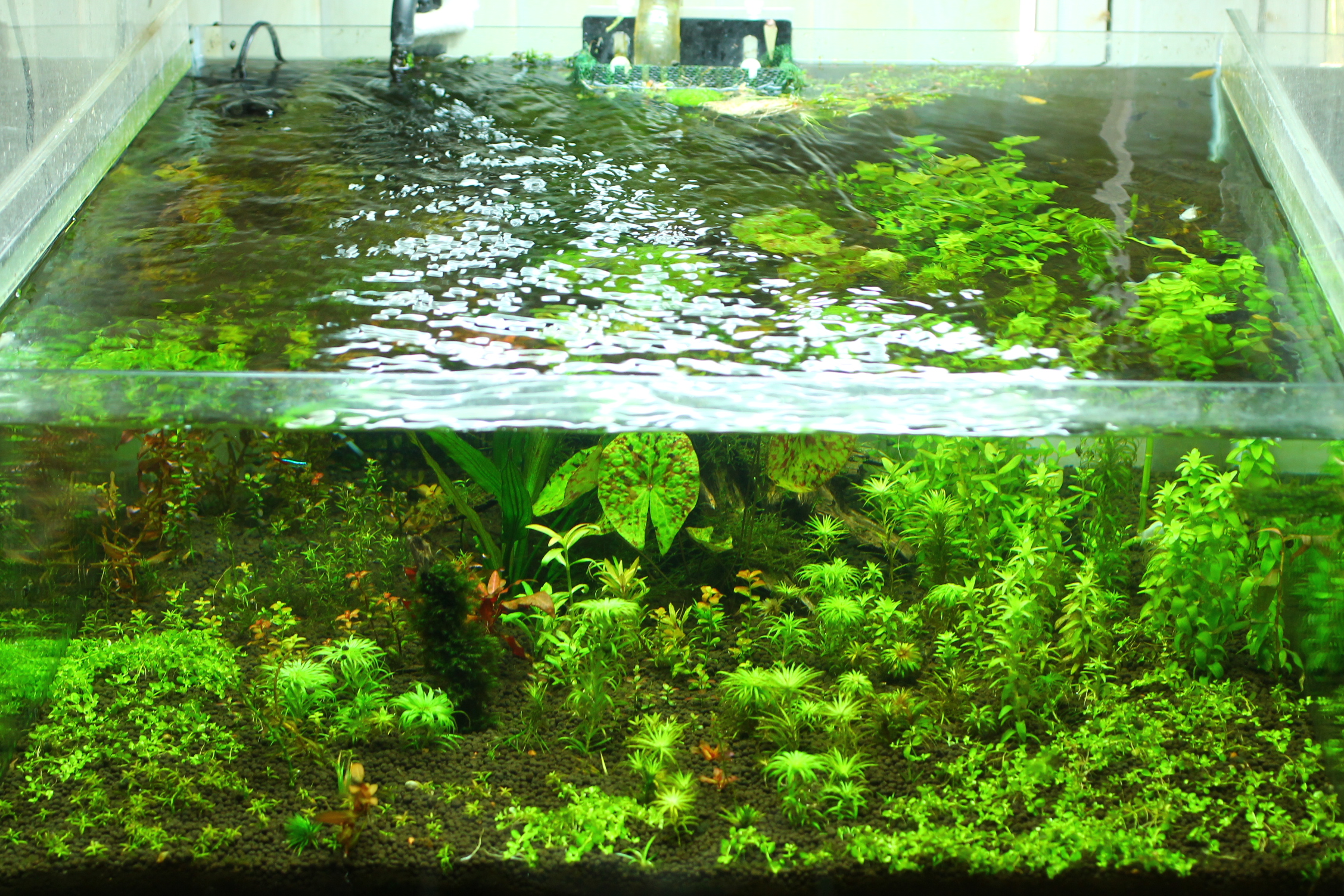Aquarium decor: new water world (89 photos)
Content
It seemed that it could be easier to design an aquarium? However, here there are a bunch of nuances that help create a truly magical underwater world, and not a large can with a bunch of trash in it. Moreover, the first recommendations begin already with the choice of the materials themselves. How to choose decor for an aquarium and how to arrange it in the future?
What materials to use?
In fact, from scratch to create a design for an aquarium with your own hands is completely uncomplicated. For any composition you will need the same materials. Their quality and safety will be important so that the fish do not get sick. Decor elements will necessarily react with water and substances released into the water by decorations can be dangerous to the health of fish.
What is used to fill aquariums:
- Priming;
- Driftwood;
- Plants;
- Stones
- Shells;
- Glass figures;
- Ceramic and plastic elements;
- The background.
It is best that all decorative elements are natural. Glass and ceramics are both bright and harmless. But plastic elements can be very toxic. You need to look for them exclusively in pet stores or specialty stores. Do not put any plastic element you like in the aquarium unless you want the fish to die.
More about the ground
Soil should be selected very carefully and carefully. A lot depends on its quality. Do not take artificially stained soil. Although they say that the dyes used are harmless, acidic bright sand certainly cannot be obtained from natural dyes. Yes, and not the fact that the water does not begin to stain.
Flooring in aquariums can be of very different "caliber".
The smallest and most used is sand. Gravel, crushed volcanic rock, granite, basalt, gneiss can also cover the bottom of the aquarium. The choice of soil depends on the necessary alkaline environment in the vessel. The high calcium content in the water will make the water much harder.
Aquarium stones and soil should not contain lime. The presence of this substance harmful to fish can be checked even at home: it is enough to drip table vinegar on the surface of the stone. Inappropriate decor will give a visible reaction and "hiss".
Choose driftwood
Such jewelry is necessary not so much to create an entourage, but in order for the fish to have their shelter. The stones are most often solid, and the fish will not be able to hide in the stone. Driftwood is usually branched, which allows the inhabitants of the aquarium to easily hide. Moreover, natural driftwood will soften the water somewhat, which is necessary for some breeds of fish.
Finished driftwood is sold at pet stores. They are already properly processed, fully adapted for prolonged exposure to under water.
How to make driftwood for an aquarium:
- Initially, you need to remove all the bark from the branches.
- Find all the loose areas on the future snag and cut them.
- After the branch you need to boil with a small amount of potassium permanganate. If you don’t fix it at the bottom of the aquarium, but don’t want it to float, add salt to the water. Salt must be such an amount that it ceases to dissolve. Boiling should last about an hour.
- Now the snag needs to be removed, rinse well with salt and leave to cool.
When you will create an underwater composition, first fill the soil, then set the snag, only after that take plants and stones. Usually driftwood is the only major element in the entire aquarium. Do not pile up space! The fish still need to swim somewhere.
A little bit about plants
The selection of plants is a very exciting and individual activity. There is an unimaginable amount of algae. They differ in shape, color, and type of attachment in the aquarium. There are algae that grow from the bottom, and there are those that float on the very surface of the water. Also, when choosing algae, warn whether your aquarium is fresh or saltwater.
One of the most beautiful representatives of the flora is Javanese moss. It looks gorgeous on stones and snags. If desired, the snag can be decorated with Javanese moss so that it looks like a real green tree. Some create bonsai and whole underwater forests from moss and snags.
An important advantage of this moss is its absolute unpretentiousness. It grows rapidly, does not require any maintenance and special lighting. From the illumination, only the color saturation of the plant will depend: with a small it will be somewhat lighter, with a bright one it will be darker. But moss needs a fair amount of carbon dioxide.
Set stones
A very large selection of stones is presented in specialized stores. They sell stones for saltwater and freshwater aquariums. The former can greatly affect the alkaline balance of water, and this will negatively affect the fish. In general, the pH is largely determined precisely by the stones, so you should not throw the first one you like from the street into your “water world”.
It is definitely not worth decorating with marble, chalk and limestone. Quartz, basalt, granite, slate will not affect water in any way. The stones brought from the sea, as well as shells, are quite suitable. Only they will need to be boiled well in advance. If you really liked the stone found somewhere on the street, then check its reaction to vinegar, boil and install it in the aquarium.
Background painting
The beautiful background of the aquarium gives an incredible effect of life under water. Moreover, this is one of the simplest options for decorating an aquarium. The background is placed on the back wall, but it can also capture the side ones. Usually mounted on the outside.
The easiest option is film sold in pet stores and general stores. You can still fix it with double-sided tape or a hot gun. The choice of such backgrounds is very large: from just a seascape to the most fantastic pictures of the underwater world.
If you wish, you can choose a picture yourself. Then you need a printout of the right size and lamination services.
Self-decoration of the aquarium is an incredibly creative and exciting process. Remember that it is better to make the "interior" in a minimalist format than to go too far with the elements. There should always be space for the free movement of fish.
